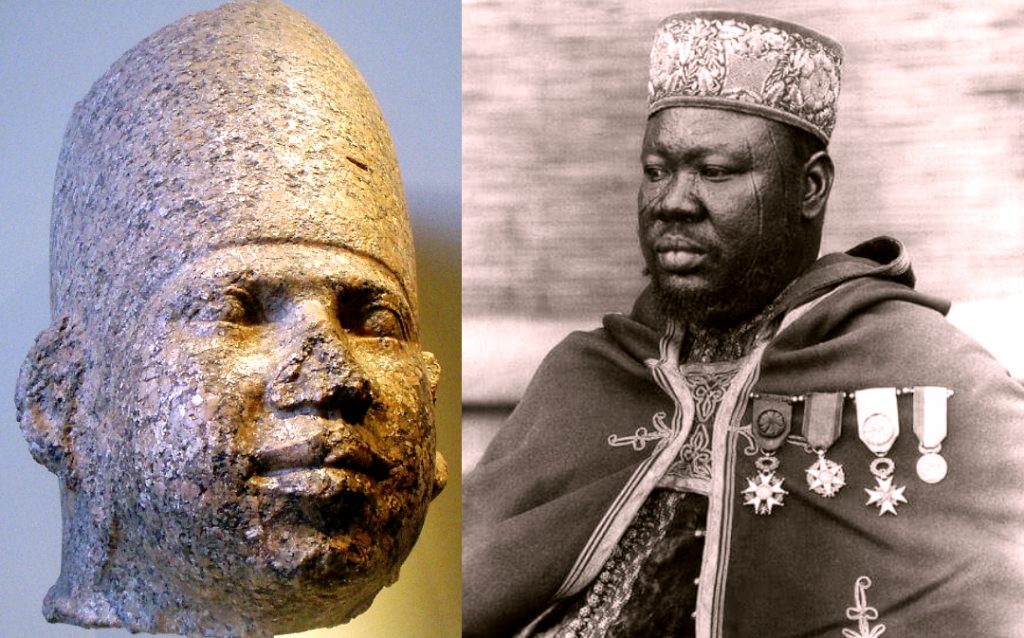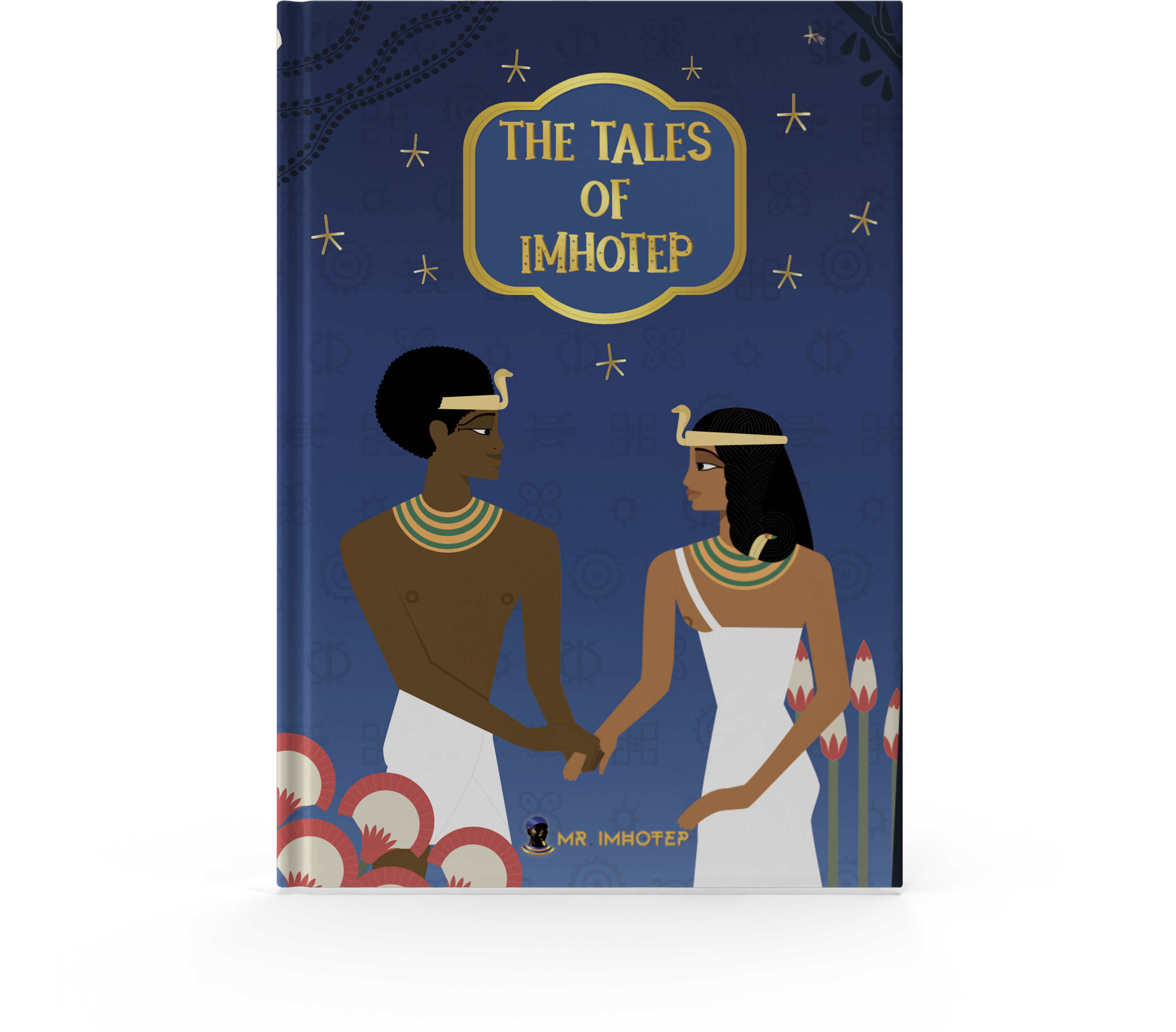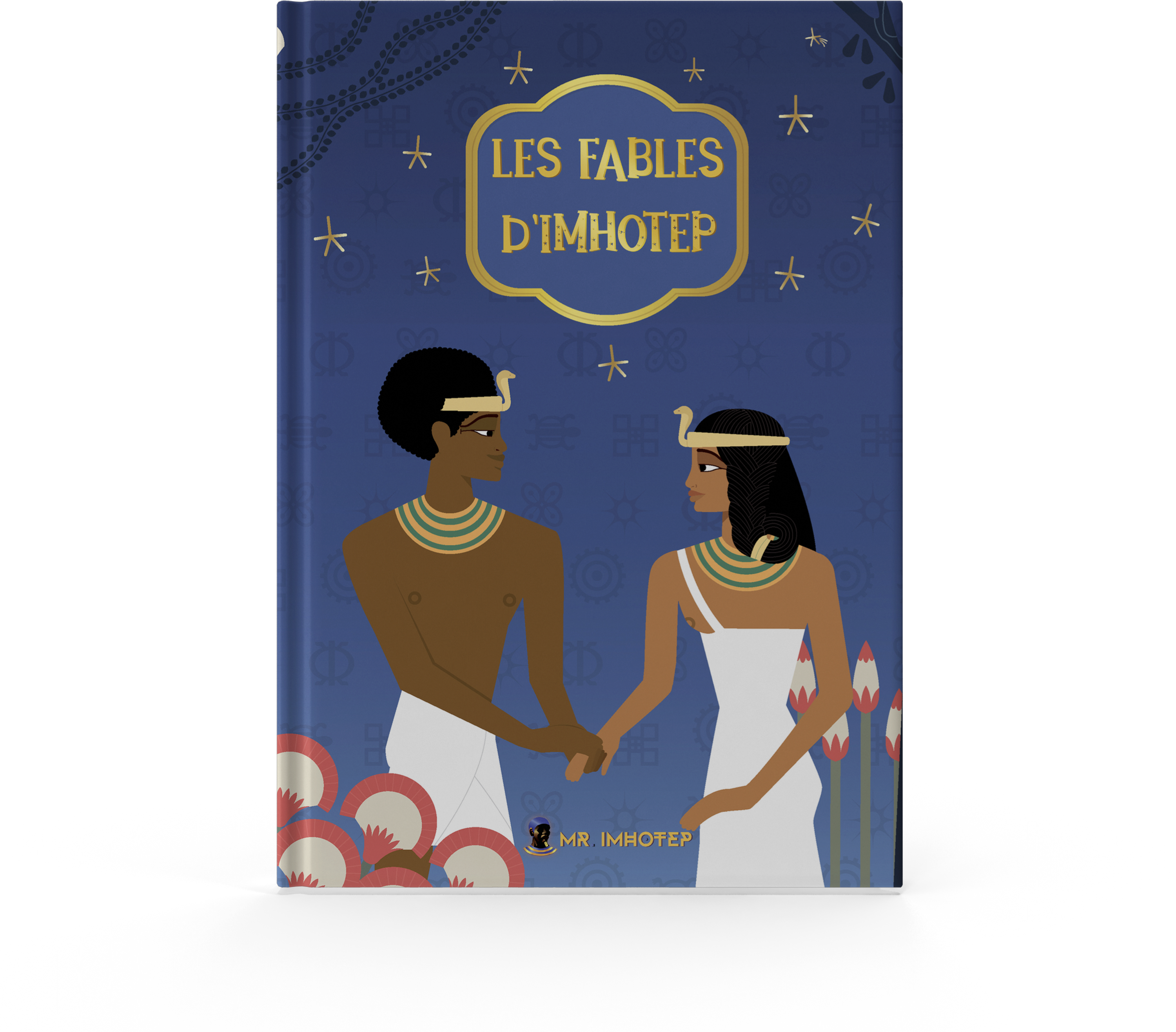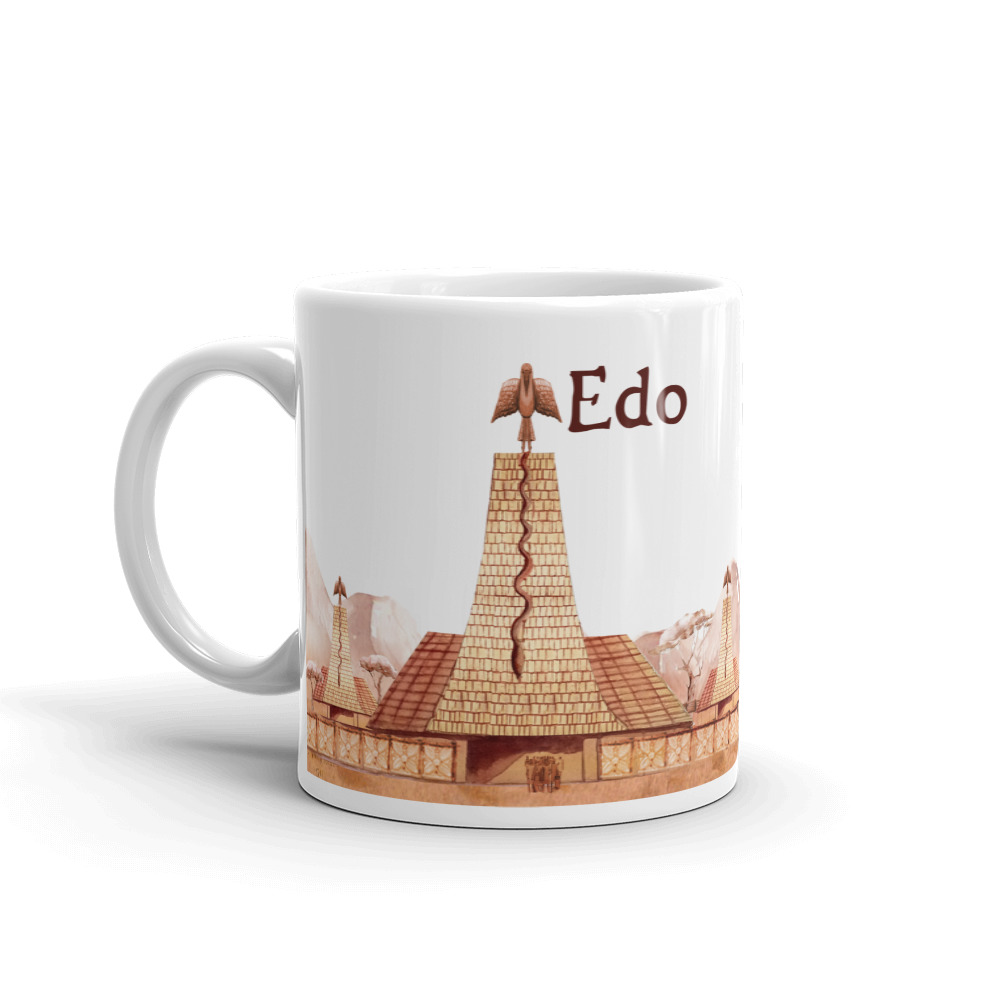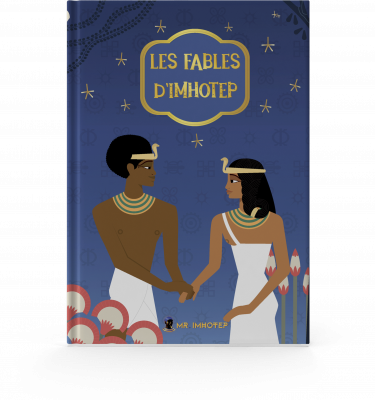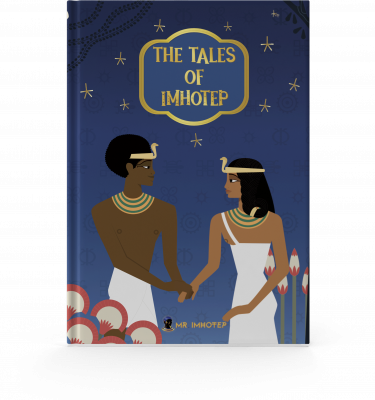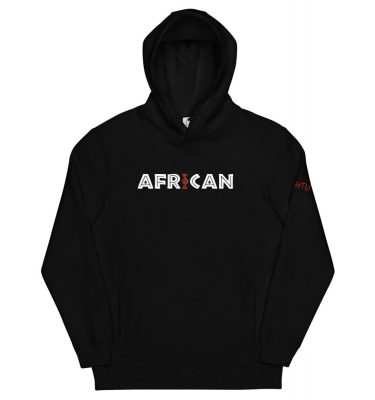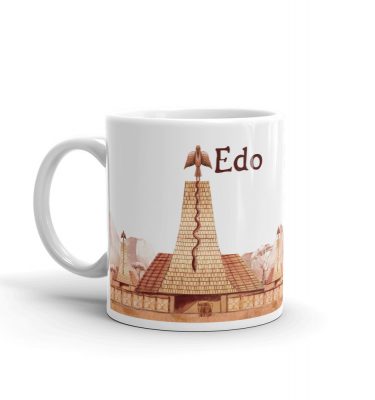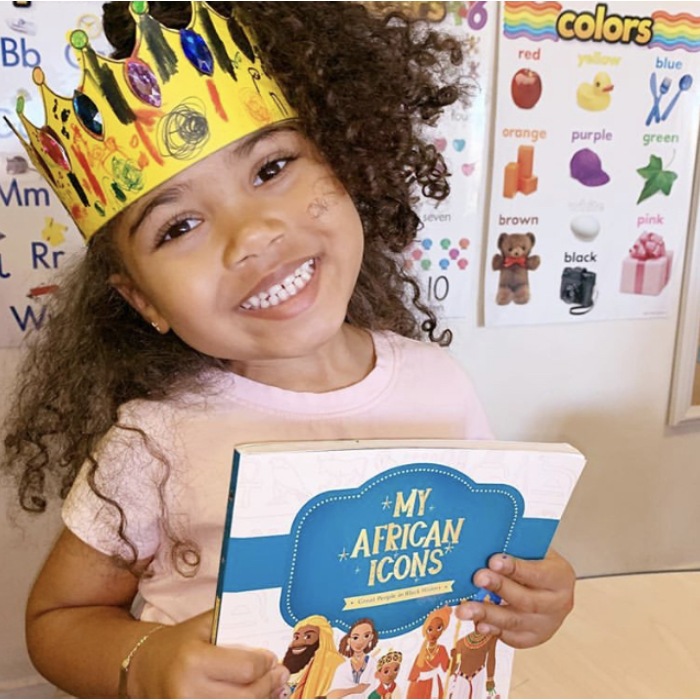Kemet, land of pharaohs and pyramid builders. Those kings who controlled the world during millennia and whose culture and influence can still be felt in today’s cultures. Did they know that their greatness will create so many trouble among people more than 2000 years after the fall of their Kingdoms? It became the source of confusion among scholars today. Everybody has an opinion on who were the pharaohs and where they came from. Many scholars can’t let these rulers be indigenous Africans, they want to make them Europeans or Asians. But the real followers of Mr. Imhotep know that the debate about their origins is over. Unfortunately, mainstream media and many people still disagree with us. That’s why we try all the time to bring you pieces of evidence of genetic and cultural links that tie the Africans who live today below the Sahara to the ancient pyramid builders.
It is important to remember that this debate has many fronts. One of them is made of a group of people who agree with the fact that the Kemites were Subsaharan Africans. But who completely disagree with the fact that even West Africans can be related to Kemet. They create a sort of wall that divides the continent into 3 unequal parts. And these parts are Subsaharan Africa (that they also call black Africa), East Africa (that they associate to Somalia and Ethiopia and that they connect to Kemet) and North Africa (that they do not consider black and associate to Arabia, the Middle East, and East Africa).
Between these groups, two of them are usually connected by mainstream media and scholars. The East and the North. These people unconsciously connect them because of the phenotypes carried by those who live in these regions today, phenotypes that may look similar. And that’s why they say that the Kemites were blacks, but not blacks like West Africans, whose phenotypes are called by racists “the negro phenotype” with thick lips and wide noses. They believe that all the Kemites looked like Somalians and some Ethiopians because their phenotypes are similar to what can be seen among the people who live out of Africa and to whom people attribute the quality of intelligence (Arabia, Europe…). That phenotype that some people call caucasian, with thin lips and thin noses. This is so popular that people may think that West Africans came from another human species…
Unfortunately, they are unaware of the fact that their way of thinking is deeply rooted in racism. It’s the result of the propaganda spread by the northern countries when they started to promote pervasive stereotypes and images of African people. That propaganda created the perception many people have of Africans today. It created the idea in many people’s minds and even some Africans, that Africans (black people, those who carry strong tropical phenotypes) are inferior and are not qualified to create civilizations. So, anything that is civilized inside the African continent, is automatically credited to foreign people who were white or to the Africans who looked like white people (the famous Hamitic race).
I am not saying that all the civilizations inside the African have been built by West Africans or by people who looked like West Africans. Africans are the most diverse people on this planet anyway. But I am saying that we should rethink the way we perceive ancient African history because our perception is completely biased. It is important to remember that many events occurred. People who were foreign to the African continent invaded it (North and East), took people’s lands, pushed the original populations further south and west. Sometimes they mixed with them. And these events added some new phenotypes to the African pool, it brought a new diversity that was not necessarily present in ancient times when the Kemetic civilization was created. And when we add these elements to the fact that the continent has been colonized by people who did not necessarily had the best intentions towards those who carried some phenotypes (blacks), the necessity to rethink the ancient African history starts to appear.
That propaganda has been so strong that today, many people still believe that black people do not possess the abilities to rule and create civilizations. In these people’s minds, black people can only be slaves. They are inferiors. And that’s why we still struggle with African History today. That’s why many people can’t believe that it may be possible that the Kemites were actually blacks. That the pharaohs were black Africans. Because the image of the black man can’t be related to the greatness of a pharaoh in their minds. The image of the black people has been destroyed and need to be rebuilt. Today, it is easier to connect pharaohs and Kemet to a white man or at least a Middle Eastern man, than a black African man. But remember that Kemet is an African civilization…
Many scholars already showed the strong ties that exist between Kemet and black African nations. Many links have been found but most people still ignore it because mainstream media and scholars chose to narrate the History of Africa and Kemet in a way that maintains the people in ignorance. With Mr. Imhotep, we try to show you the truth about ancient Africa. And among these links, there is the one that we will talk about in this article. Elements that link the Rulers of Kemet to the Kings of an ancient West African Kingdom located in Burkina Faso.
One of these scholars is Joseph Ki-Zerbo, who was a Burkinabé historian, politician, and writer. He discovered that there were many very strong links between the monarchs of Wogodogo (Ouagadougou) called the Mogho Naba, who ruled over the Mossi Kingdoms located in present-day Burkina Faso and the pharaohs of Kemet. The similarities are so striking that it implies that both people are either related or shared the same kingdom at some point during ancient times.
Mogho-Naba means “chief” (naba) of “the world” (mogho), He is the Emperor of Mossis, a title carried by the kings of the Mossi kingdom of Ouagadougou or Oubritenga, in Burkina Faso. He is traditionally chosen by the high dignitaries of the court in the lineage of Oubri or Wubri. Oubri was the grandson of Ouedraogo, founder of the Mossi kingdom in the 13th century and son of the legendary Yennenga. Oubri, first Mogho Naba, founded the city of Ouagadougou.
Circumambulation of the White Walls
In the Palermo stone, there are inscriptions about a ceremony that was practiced in Kemet. A ceremony that is known today as “the circumambulation of the White Walls”. The story started at the dawn of the Kemetic civilization. When the king who is considered the originator of that civilization, King Narmer, unified both upper and lower Kemet. According to writings, the “White Walls” in Medu Neter “Inebu Hedj“, today’s Memphis, were erected by King Narmer as the central seat of government of Kemet. Some people believe that it was a way to reinforce his authority over the newly conquered territory. And the ceremony of the circumambulation of the walls of Memphis, celebrated with a ritual procession around the city, was performed to strengthen the king’s right to the throne and his claim to the city as his new seat of power. The king ran around the heb sed boundary markers (the white walls – his palace) in the court symbolizing his seizing the limits of all Kemet that is the “world“.”
Among the Mossi people of Burkina Faso, the Mogho-Naba (King of the Mossi people) has some obligations when he is elected. The day of his election, at dawn, the Mogho-Naba has to run around his palace. Exactly like the pharaoh who has to run around the white walls. Both practices symbolize the seizing the Kingdom and the “world”. Remember that Mogo Naba means King of the “world”…
This similarity is so striking that no one can dare to deny it. And that’s why Ki-Zerbo thinks about a possible relationship between the Mossi people and the Kemetic civilization.
video_url=”https://youtu.be/3eQaP2LZen0?t=151
posture approaching king bow
Extract from the Movie “the ten commandments“. This video is used to illustrate the death of the pharaoh. Listen to what the Prince Ramses says about his dad at the end. But keep in mind that the actors are not representative of the original people of Kemet who were indigenous Africans. (October 5, 1956, USA)
In Kemet the Kings possessed many names. The nomen was one of their numerous names. During the 4th dynasty, the cult of the sun-god Ra reached a new peak. The pharaohs started to believe that they were the actual sons of Ra, since Ra himself became the greatest of all gods. Djedefre a ruler of the 4th Dynasty is believed to be the one who introduced that change. Sa-Rê was the actual title carried by the pharaohs. Which literally means “Son of Ra“. So, the Pharaoh was equivalent to the sun for the Kemites. So, at his death, the people believed that a major cosmic shift was occurring. And his subjects bowed to him, face down.”
The Mogho-Naba, King of the Mossi people was also the equivalent of the sun. And because of that title, he was greatly revered by his subjects. At his death, the Mossi people also considered that a major cosmic shift happened. It was the death of the sun. And they bowed to him, face down. The practice was identical to what can be seen on the walls of Kemet.
In Kemet, one of the most important feasts was called Heb-Sed or Sed festival. It included many rituals that were related to the time spent by the King on the throne. European scholars admit that they still do not fully understand these rituals. Probably because they try to understand it using a European point of view, while these practices are deeply rooted in the black African cultures. The first celebration of the feast was held during the year of the coronation and the next one was held in the 30th year of the pharaoh on the throne. The Sed festival was named by the ancient Greeks as the Triakontaeteris, which means “30-year-jubilee“.
After 30 years on the throne, the Mogho-Naba also hat to celebrate the 30 years jubilee or Heb Sed. The goal was to rejuvenate its strengths, recalling the ritual killing of the chief, practiced according to Strabo, in Meroe, likewise after thirty years of reign, the Mogho-Naba performed the regenerative rites of the “bik togho“ or according to the tradition, a substitute of the emperor was sacrificed.
Such similarities cannot be a coincidence, especially because they can not be generalized on a global scale. It is obvious that there must be a sort of common area where both people experienced these practices. That area might probably be located in the Nile valley. Today, we know that many West African groups directly came from the Nile Valley.
Ki-Zerbo believes that these similarities might come from the times of the green Sahara. When a great majority of Africans including those who will later become the Kemites (ancient Egyptians) still lived in the Sahara. But the Sahara was too wide and these similarities require a strong and central power. And from what we have been told by most scholars, the civilizations of the Sahara did not harbor a centralized power as strong as the one required here.
The early traces of a centralized power emerged around the Nile valley, in Nubia and upper Kemet. This reinforces the idea that the Mossi people came from that area. The Mossi people (Kings) might be a part of the groups who later migrated from East Africa. Maybe they were a tribe of nobles, people of royal ancestry or priests who migrated west, then conquered that new territory, after the Asiatic invasions that occurred in the Nile Valley.
There are other very interesting similarities between the country of Burkina Faso and ancient Kemet. Among the most popular names in Burkina Faso, there is Sankara, like the former president of that country Thomas Sankara. Sankara was also a very popular name in Kemet. The rulers of the 11th dynasty, the Montuhoteps used that name. The crowning name of Montuhotep III is Montuhotep Sankhkara. This fact is also hidden by scholars because it shows the African origin of the pharaohs of Kemet. That’s why most names are given to us under their Greek form. The original names are purely African.
Even though Ki-Zerbo showed the similarities between pharaohs and the Mogho-Naba, he hesitated to directly link them to Kemet. But as we can see here, the existence of such practices requires the existence of some centralized power. And the centralization of power in that region of Africa appeared after the desertification of the Sahara. In other words, when the first rulers started the unification of territories around the Nile valley, between upper Kemet and Nubia. So, the only explanation is that the ancestors of the Mossi people lived in the Nile valley when the Kings of Ta-Seti and Kemet were practicing these rituals. This shows how West Africa is also strongly related to the Nile valley civilizations.

